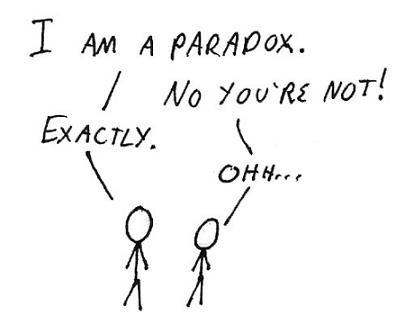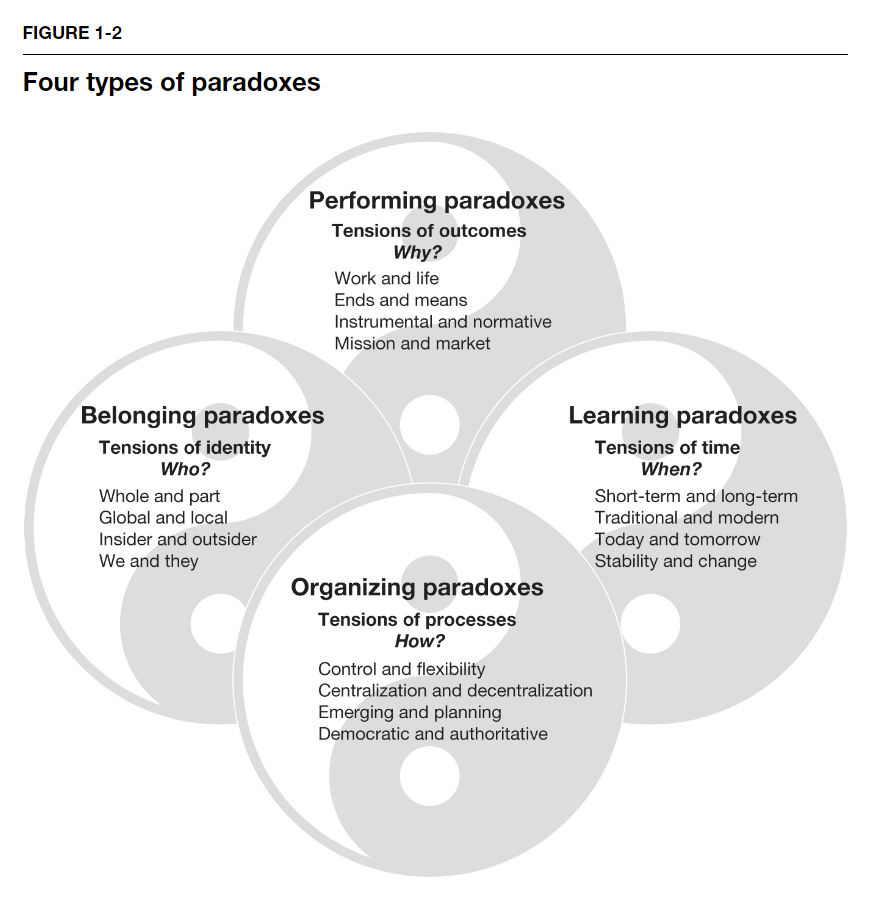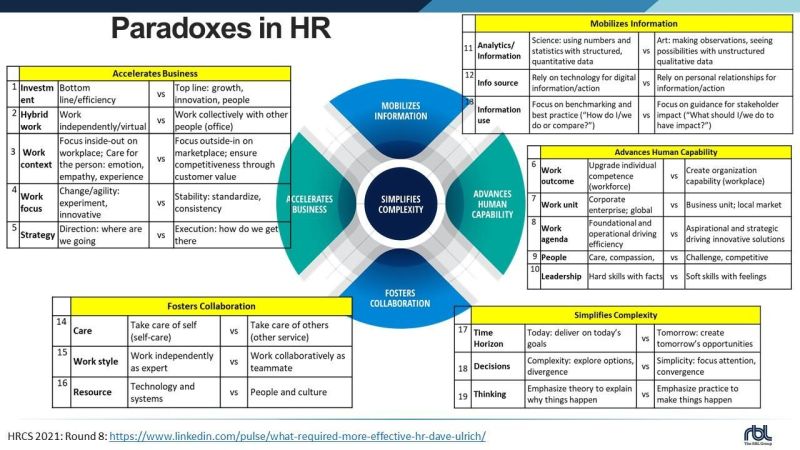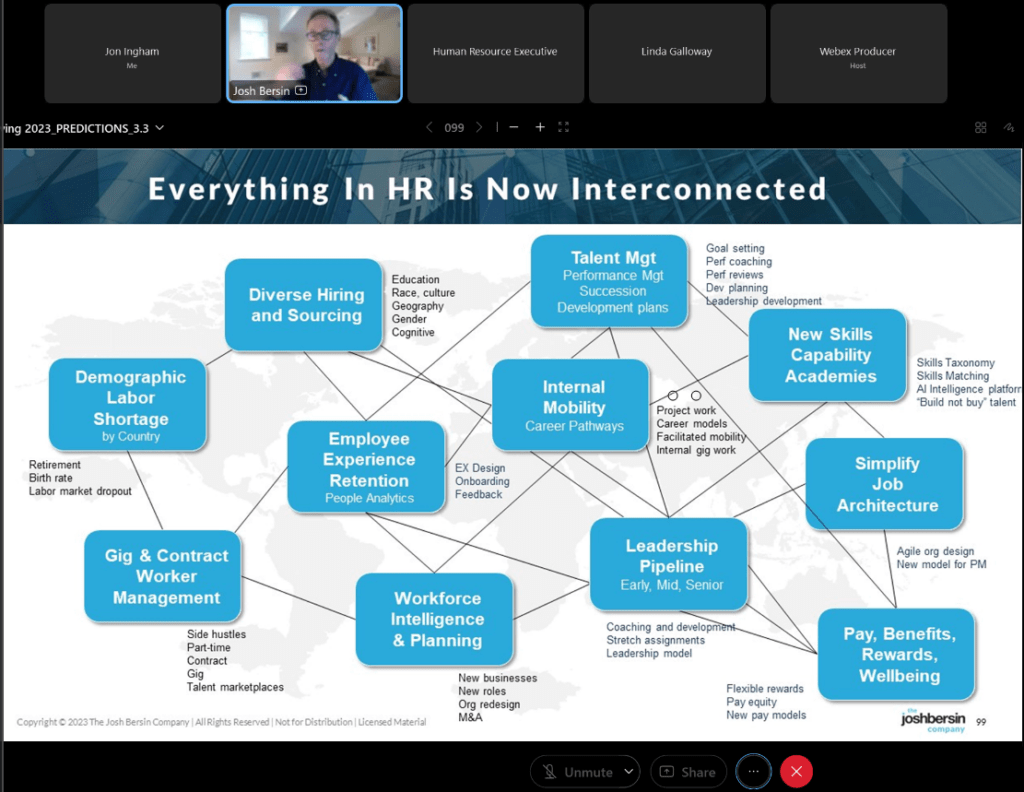Both/And Planning for Uncertainty

These days it seems that black swan events occur ever more regularly – in the UK over the last 15 years that has included the global financial crisis; Brexit; covid; Putin mass murdering Ukrainians, and the consequent energy / cost of living crisis; and Lizz Truss destabilising our economy. In many other places around the world, there are various environmental and other catastrophes to add to this list as well. So, firstly, we seem to be entering a very difficult and uncertain period, including for businesses, but even more so, many of the individuals working for us. And secondly, I think we need to accept that this is just how the world works. What used to be once-in-a-generation crises are now happening once every couple of years.
Doing any planning in this more complex environment often seems like it would be impossible. I’ve long used a range of scenario planning approaches, but even these don’t seem to take us very far today. To sense and respond is obviously part of the new, more complex future. However, I’m not one of those who believe you can’t plan at all. Organisations are not just natural phenomena, but purposeful entities that impact their environment just as much as they are impacted by it.
Paradox: both/and
Navigating the way forward may be helped by understanding and thinking about paradox. This is something I long failed to appreciate – and I remember that when Dave Ulrich introduced his ‘paradox navigator’ HR competency, I lacked any real appreciation of what this was about. Now Dave has moved on from that competency (although it’s still sort of included within ‘simplifies complexity’), I increasingly see paradox everywhere I look – well, I guess trailing Dave by 5 or so years isn’t too too bad!
And paradox is based on complexity which is something I’ve been interested in for a long, long time. Whilst I increasingly use the trading name of ‘the Strategic HR Academy’, my company is Strategic Dynamics Consultancy Services Ltd, which I named after Ralph Stacy’s book, ‘Strategic and Organisational Dynamics’ back in 1995.
Today, there’s a useful new book from Harvard Business Review that explains all of this, which is ‘Both / And Thinking‘ by Wendy Smith and Marianne Lewis. They define paradox as ‘contradictory, yet interdependent elements that exist simultaneously and persist over time’. Eg, if I say ‘I am lying’, and I’m telling the truth, then I’m lying. Or, if I’m lying, then I’m telling the truth. So, the contradictions exist in an absurd, interdependent look. I also like this cartoon:

The most famous business paradox is Marsh / Tushman and O’Reilly’s need for ambidexterity: exploring new opporunities and exploiting current realities at the same time. However, many other paradoxes are affecting us too, for example, I was presenting at a conference last week, suggesting the need for more support for obliquity, whilst ensuring greater alignment at the same time. And I like Smith and Lewis’s categorisation of four types of paradox:

Dave Ulrich also provides a great list of paradoxes particularly relevant for HR:

‘S’ curves
Smith and Lewis also use the idea of ‘S’ or ‘sigmoid’ curves to explain why there’s so much paradox around. I took this model from Charles Handy, eg this definition is from ‘The Elephant and the Flea’ in 2002:
“The normal life cycle of almost anything, anybody, or any organism: a period of learning or investment, in which inputs exceed outputs, followed by steady growth that inevitably one day peaks and turns into decline. The only variable is the length of the curve, the time it takes to reach the various points on the curve.”
I quite often use the ‘P waves’ (which are really ‘S’ curves) taken from ‘HR (R)evolution’ to describe the macro changes and paradoxes facing the profession (eg profit plus people – or multi-sided HR).

Or you might also be interested in the ‘S’ curves which I infer from Pine and Gilmour’s writing on mass customisation and the experience age, to suggest that we’re entering an era of hyper personalistion supporting employee transformation, with the resulting paradoxes of more standardisation and deeper personalisation at the same time.
Planning for a downturn
However, the prevailing paradox at the moment is a renewed need for austerity, and perhaps, in some organisations, reducing headcount and investment in people, whilst still moving towards a more people-centric approach, supporting the new ‘people focused ‘P wave’, by investing even more in experience, wellbeing and more. Or, at a more basic level, reducing and increasing rewards at the same time.
The key impacts on planning in today’s environment is therefore that we need to be aware of and respond to paradox through paradoxical thinking (holding contradictory ideas in mind at the same time – Roger Martin’s opposable mind). This avoids descending into either of two viscous cycles described by Smith and Lewis, which are going down rabbit holes, ie being blinkered by what we’re doing now; or getting hit by wrecking balls, ie jumping over to the reverse polarity, and then probably back again (creating an ongoing series of pendulum swings, as is endemic in many organisations).
Principles for paradox
For me, this is often about sharing and confirming our thinking by articulating the principles our organisation is going to use to navigate a particular paradox, eg that we become more austerity focused and people centric at the same time by increasing the proportion of contingent workers we use, whilst ensuring we have a compelling contingent worker value proposition that gives these people what they need from their contracts with us.
Doing this, we avoid the third of the book’s vicious cycles which is about ending up in ongoing trench warfare with different factions pulling in opposite directions. It’s much better to decide on something, then get on with doing it (whilst, of course, remaining open to doing the opposite to this as well).
Short and long-term
The other paradox I think is important is the need to think both short and longer term. A long-term vision of what we’re trying to create in an organisation helps focus action and ensures that short-term responses are taking an organisation in the direction we want to do. Whilst understanding that the vision and direction will likely change as we’re underway. That’s still better than taking a random walk to nowhere.
And yes, we do want to take advantage of opportunities that occur as we progress, but again, a vision of the longer-term future helps us identify relevant opportunities that will be useful (a bit like having a constraint in creativity).
So, once we have this long-term view it becomes easier to take short-term, incremental, agile steps forward. Planned and unplanned, cost-focused and people-centric, short and long-term. So, paradoxical. And straight forward.
Jon Ingham
HR and OD Strategist, Trainer, Learning Facilitator at the Jon Ingham Strategic HR Academy
(Note, we’ll talk further about paradox and principles in the Strategic HR Academy’s study group on 2023 Priorities, starting in November.)





